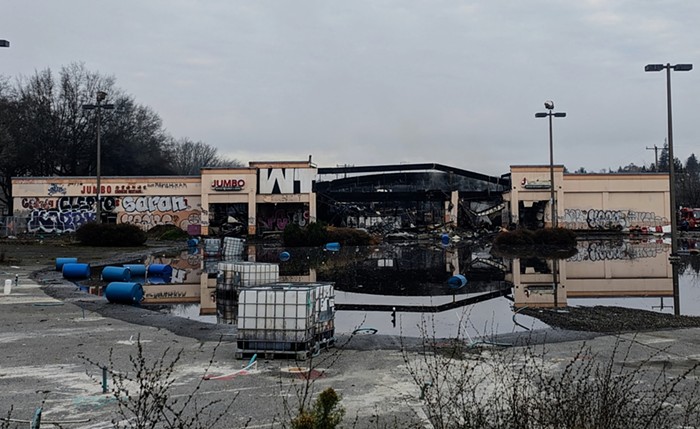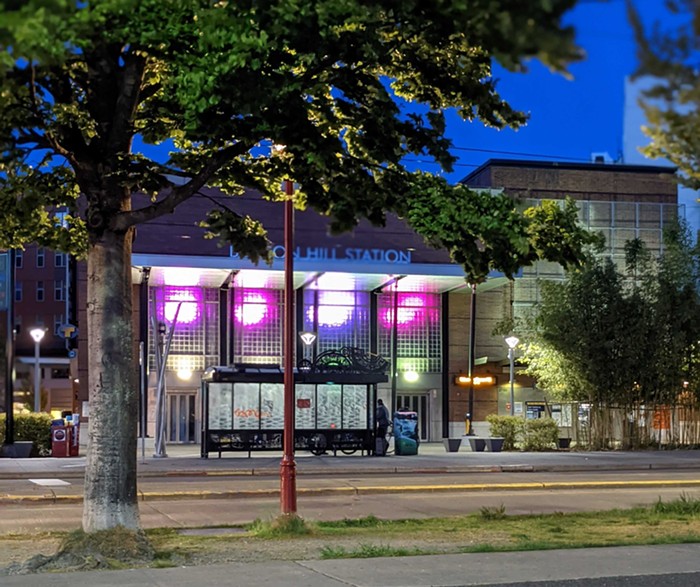
The mainstream thinking has been that home values respond directly to a market's supply conditions. If supply is low, housing values rise; if high, they drop. If prices are not distorted by specific political interests (democracy) or monopolies (greed), the thinking goes, then they will accurately communicate the state of demand and the state of supply in a given market. This law of market coordination exists in textbooks, but hardly in anything that can be identified with some certainty as reality. In the world that's out there, more sunlight does indeed signal an increase in the production of sugars in leaves; in the world of the housing market, material conditions—whatever they are (more homes, fewer homes)—do not matter as much as the sentiment of speculators. If this class of capitalists believes prices will rise, they will do so. If speculators believe the opposite, they will fall. This, more than anything else, explains why housing prices are still very low in Detroit. The demand for housing has not diminished (the physical), but the financial sector's belief in this market's future is still bleak (the metaphysical).
Now, what the Seattle experience of the present decade has made clear to those whose connection with reality has not been warped by those who are high above them—those whose income is not determined by wages but price movements on the equity markets—inflated housing values is the efficient cause of the homeless crisis. This fact is sometimes mentioned in the fringes of the mainstream. But what is almost never considered is how high prices are a serious obstacle to the development of an urbanism that can realistically address climate change. To see why this is so, we must again turn to Detroit.
There are two important consequences of low property values in Detroit. One, the home is seen by the buyer as what it is, a home, and not a financial asset or, to use a British word, a placement. True, some parts of that city, which, as a whole, has yet to fully recover from the crash of 2008, have attracted developers and speculators (particularly in the midtown area); but huge sections of it have not. Homes can go for as little as $10,000, and the median sales price at this moment is $65,000 (it's $700,000 in Seattle). The dominance of utility (or use value, rather than exchange value) directly leads us to the second consequence of affordable housing: a buyer has the means to make actual investments on their property.
To understand this properly, we must separate two terms that are often (and deliberately) conflated, but are very different: investment and speculation. Because the latter term only exposes the social uselessness of this kind of activity, it's practitioners have always been keen to describe their work as the former. But an investment contributes to the material world, and so has value for a wider area of society, spatially and temporally. Speculation is only about the speculator. It begins and ends with him/her. It makes them nothing but "mo' money." It is a fantasy to believe that finance as it is practiced today powers the reverse of transubstantiation (from substance to essence, something to ether). With speculation, we are dominated by an ether that never becomes anything but what it already is, ether.
If a house is not about speculation, and is about investment, then it has the characteristic of what some evolutionary biologists call niche construction. This is the kind of built environment that is trans-generational. A solar home, for example, is such an investment. It is one that can be used by the initial investor and, later, by others. If you want to see niche construction (actual social investment) at work, then visit large parts of Detroit. Many of the residents of this city can be investors because it is within their means. If one's income is not largely claimed by the finance sector, the common trans-material and trans-generational world benefits. There is no way, for example, that a standard homeowner in Seattle could ever consider investing in solar energy because much of what they earn is consumed by the inflated cost of their home.
This is what we have never properly considered—the environmental costs of the very heavy rent and mortgage burdens on city dwellers. It makes urban innovation almost impossible. We are trapped in one activity: meeting payments. There is no future in this. And such a trap leaves no room for precisely what the world needs now more than ever—real investment. The long run will see the Seattle of today as the catastrophe, not Detroit.


















